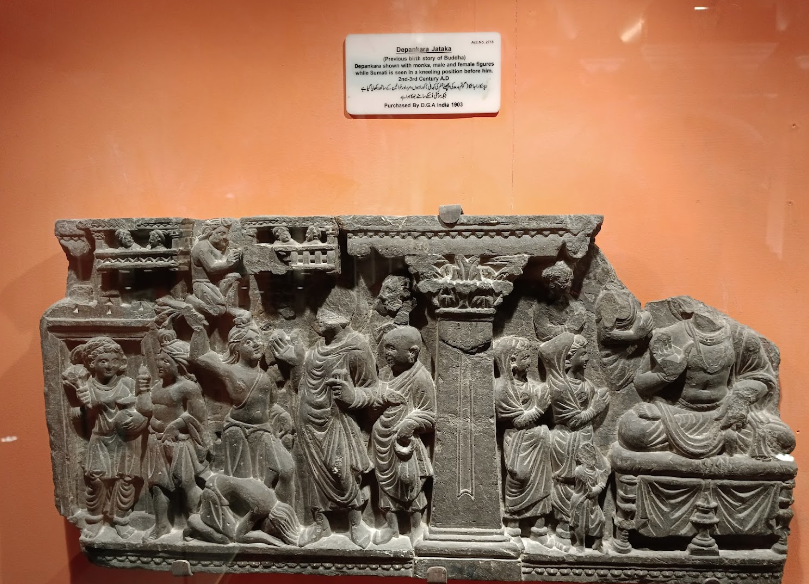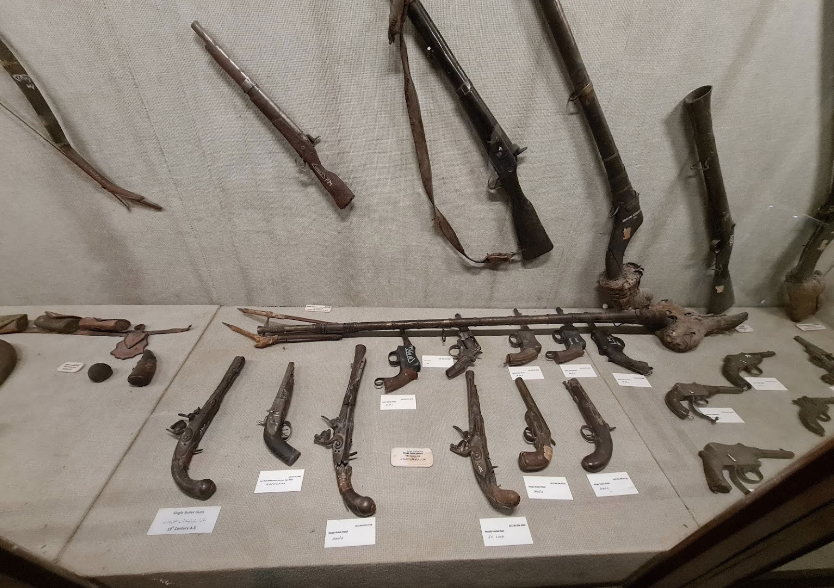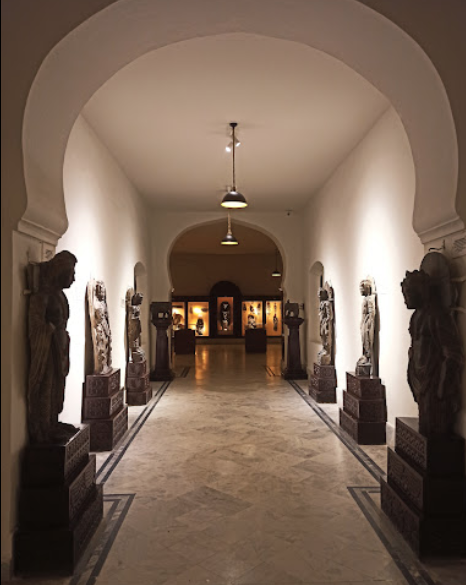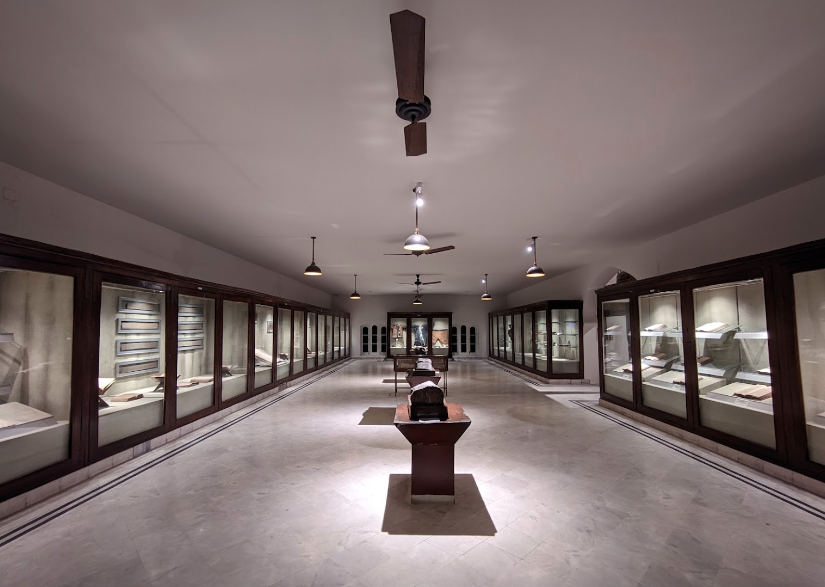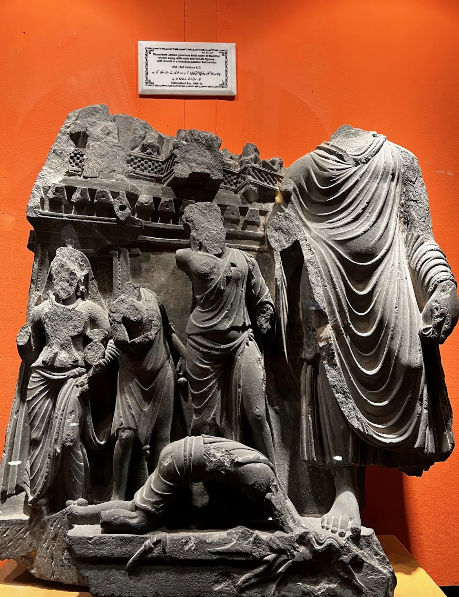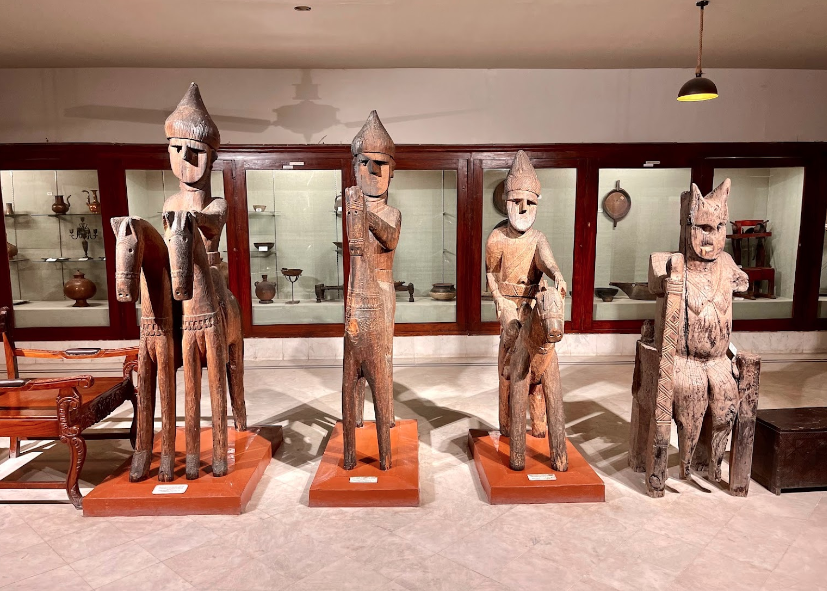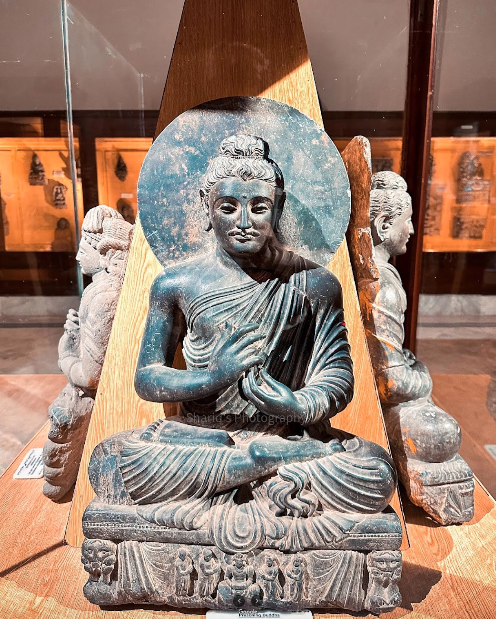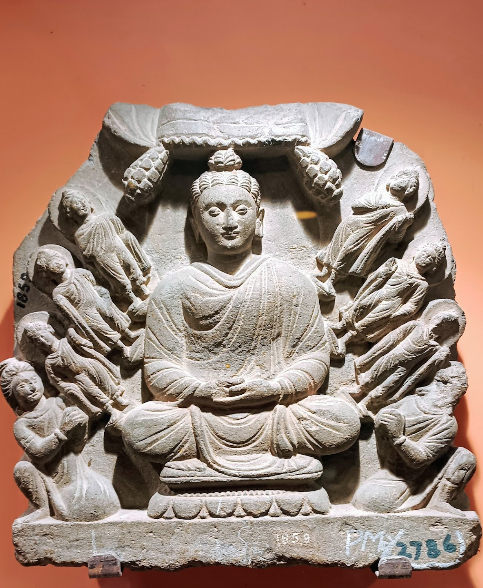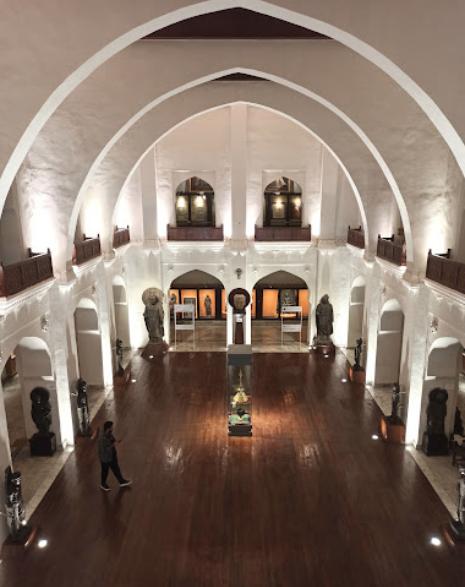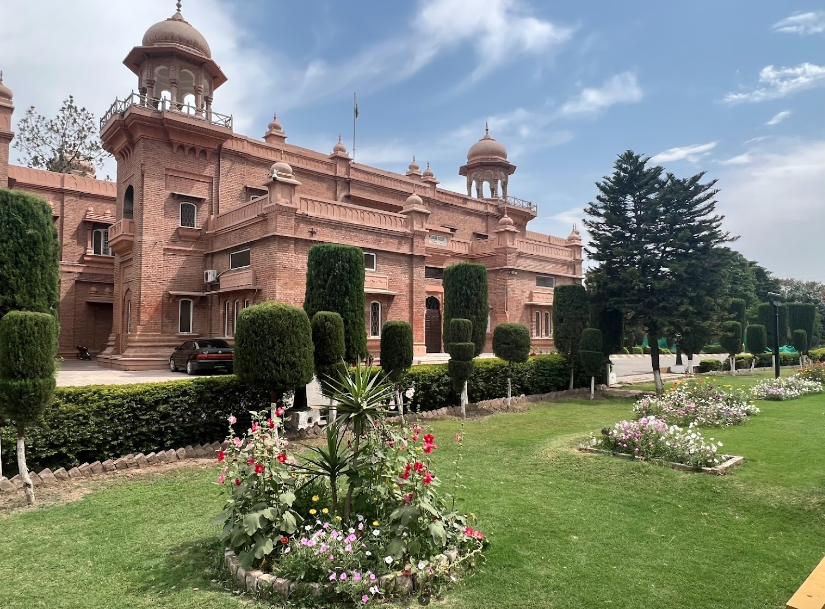The Peshawar Museum, located in the heart of Peshawar city, is one of Pakistan's most important cultural institutions. Established in 1907 during the British colonial period, this museum houses a vast collection of artifacts that span various eras and civilizations, offering a fascinating glimpse into the rich history of the region.
A Historical Landmark
The Peshawar Museum was initially set up to commemorate Queen Victoria and was known as the Victoria Memorial Hall. Its building is a fine example of the British colonial architecture, with a blend of Mughal and British styles, featuring elegant red-brick structures and beautiful wooden ceilings. Over the years, the museum has grown both in size and in the scope of its collections, making it a key repository of the cultural heritage of Khyber Pakhtunkhwa and beyond.
The Gandhara Collection
One of the most remarkable features of the Peshawar Museum is its extensive collection of Gandharan art. The Gandhara civilization, which flourished in the Peshawar Valley and surrounding regions from the 1st century BCE to the 7th century CE, is renowned for its unique blend of Greek, Persian, and Indian artistic influences. This collection includes numerous Buddhist sculptures, reliefs, and inscriptions, illustrating the life and teachings of Buddha. Among these, the statues of Buddha in various poses, intricate panels depicting Jataka tales (stories of Buddha's previous lives), and the iconic fasting Buddha are particularly noteworthy.
Islamic and Pre-Islamic Artifacts
In addition to Gandharan art, the Peshawar Museum houses a rich array of Islamic artifacts. These include manuscripts, calligraphy, pottery, and coins from different Islamic periods, showcasing the region's Islamic heritage. The museum also displays a variety of pre-Islamic artifacts, including items from the Persian and Kushan empires, providing a comprehensive view of the region's historical progression.
Ethnographic Collection
The museum also features an impressive ethnographic collection that represents the diverse cultures and traditions of the Khyber Pakhtunkhwa region. This collection includes traditional clothing, jewelry, weapons, household items, and musical instruments. Through these exhibits, visitors can gain insights into the daily lives, customs, and artistic expressions of various ethnic groups, including the Pashtuns, Kalash, and other indigenous communities.
Educational and Cultural Role
The Peshawar Museum plays a crucial role in the educational and cultural landscape of the region. It serves as a valuable resource for students, researchers, and history enthusiasts, offering a wealth of information about the area's past. The museum frequently organizes exhibitions, lectures, and cultural events to engage the public and promote awareness of the region's rich heritage.
Visiting the Museum
A visit to the Peshawar Museum is a journey through time. The well-organized exhibits, detailed descriptions, and informative displays make it accessible and interesting for people of all ages. The museum's serene gardens provide a peaceful setting for visitors to relax and reflect on the historical treasures they have explored.
Timings: The Peshawar Museum is open to visitors from 9:00 AM to 4:00 PM, Monday through Sunday, except on public holidays.
Entry Ticket Price:
- Adults: PKR 20
- Children: PKR 10
Foreigners: PKR 300
Address: Peshawar Museum, Saddar Road, Peshawar, Khyber Pakhtunkhwa, Pakistan
Google Location Map: View on Google Maps
Conclusion
The Peshawar Museum stands as a testament to the rich and diverse history of the Peshawar region. Its extensive collections offer a window into the past, showcasing the artistic, cultural, and historical achievements of the civilizations that have called this area home. For anyone interested in understanding the cultural heritage of Pakistan and the broader South Asian region, the Peshawar Museum is an essential destination.


